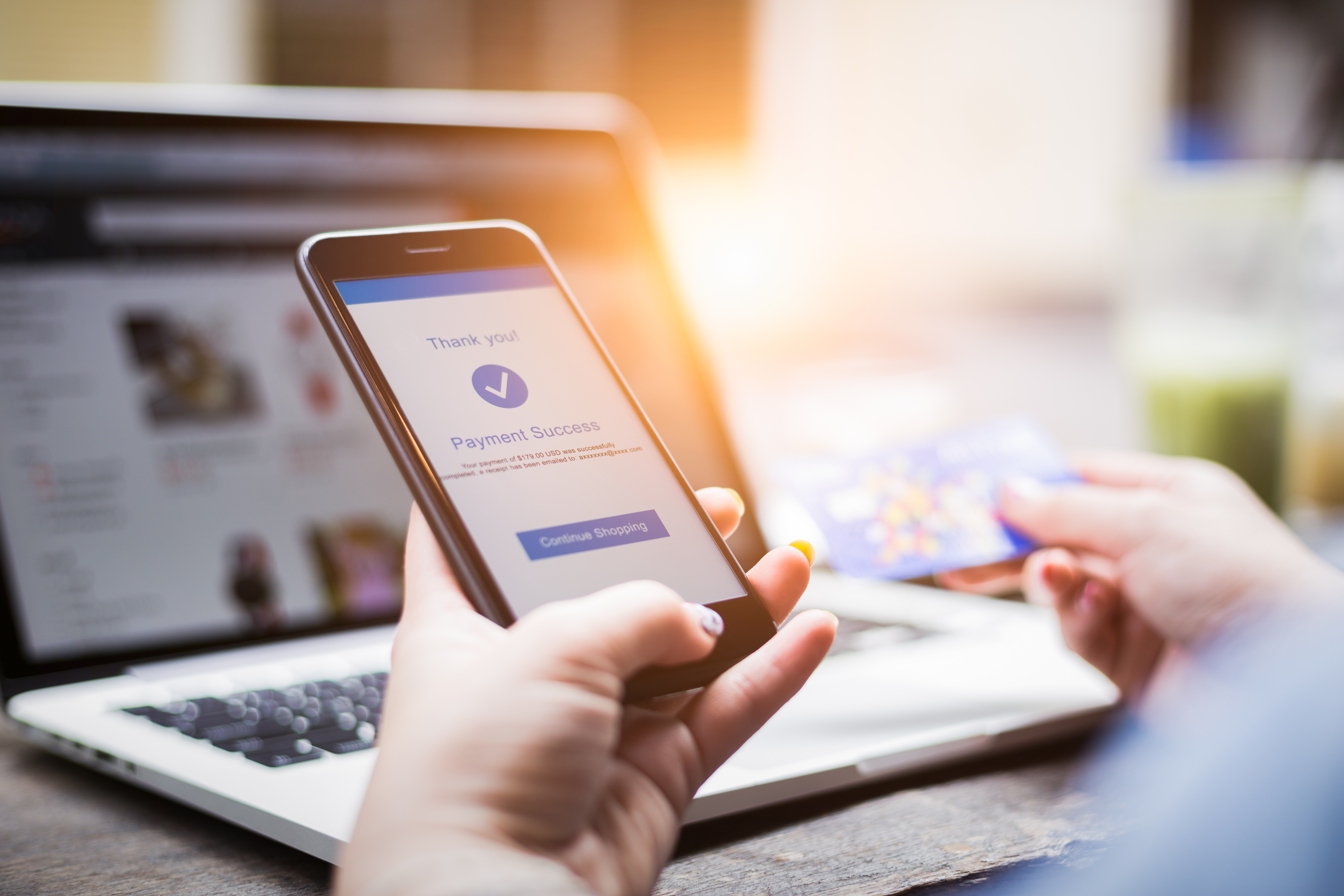Understanding Consumer Experiences With Grocery Shopping Online

Consumers try online ordering from you once, and if they have a dissatisfying experience, won’t try it again. You will need to deliver a great customer experience, and our consumer research shows that current experiences disappoint.
We all need food, and consumers have many choices for grocery retailers. Although competition for consumer dollars remains very strong revenue for US grocery retailers and is expected to rise at an average annual rate of 1.7% to $644.0 billion in 2021. As a part of that growth, analysts expect that online grocery sales will grow at an annualized rate of 13.2% to $24.4 billion in 2020 (IBIS WORLD 2015 US Industry Reports, Grocery and Supermarkets). That’s a lot of growth! Unfortunately, for traditional retail grocers, big-name tech companies, such as Amazon, eBay and Google, are beginning to offer and promote same-day delivery services for food. With their established delivery infrastructure, how can traditional retail grocers capture market share in this high growth area? You will need to deliver a great customer experience, and our recent consumer research shows that current experiences disappoint. Consumers try online ordering once, have a dissatisfying experience, and don’t try it again.
Create The Best Online Grocery Shopping Experience
Our newly published 2016 retail grocery research was conducted with over 10,000 consumer responses in the US and 6,600 in the UK. One section of this research focused on the experience with online ordering for both click and collect and home delivery. The results showcase consumer frustrations with the process and big opportunities for brands to capitalize on loyalty by delivering a better online shopping experience. The first brand to get this offer right will have an exceptional advantage over other competitors in the marketplace.
In the US, a very small number of consumers have tried click and collect (4.3%). Of those, 24% said they had a dissatisfying experience, and about half have not tried it more than once. In the UK, a much larger proportion, 24%, said they had tried click and collect, but as with the US, almost one in four had a dissatisfying experience and about half only tried it one time. Home delivery results were more encouraging, with greater trial and reuse, but again, a high number of dissatisfied users.
| Attributes | US | UK |
|---|---|---|
| # of Respondents | 10,025 | 6,648 |
| % using click and collect | 4.3% | 24% |
| % dissatisfied with experience | 24% | 27% |
| % using only once | 51% | 42% |
| % using home delivery | 15% | 67% |
| % dissatisfied | 21% | 21% |
| % using only once | 46% | 24% |
As grocers attempt to capture growth in online ordering and combat Amazon and Google, they will need to create great customer experiences. This means an easy to use online ordering system, high quality produce representing what customers would select for themselves, and true convenience. Groceries must be available or delivered on time and accommodate customer schedules. Grocery retailers can also leverage their private labels. Many consumers, especially millennials, find private label foods more innovative than branded products. That has led to the popularity of stores that sell premium private label foods such as Trader Joe’s and Aldi. Leveraging the value of strong private label brands will also help grocers win market share as the online grocery business grows.
To learn more about our industry research, schedule a briefing. For more information about how Market Force can help you measure the online grocery experience, check out our Digital CX solutions and Customer Survey solutions. We’re here to help you delight customers and improve loyalty and household spend!
